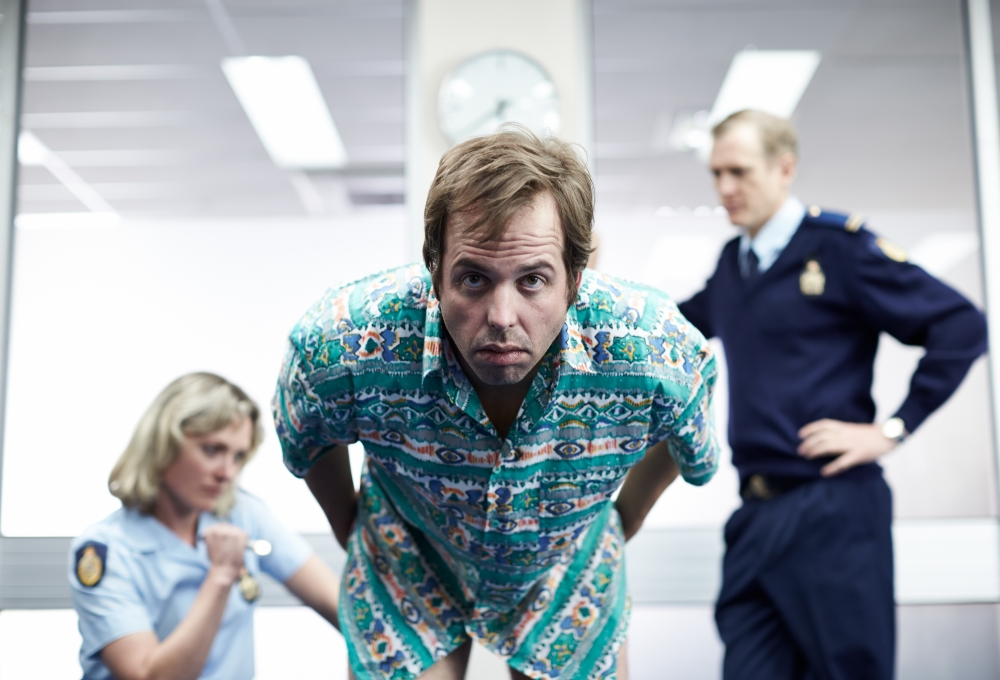Bodey, M 2014, “Film release strategy the mule and turkey shoot are different animals”, The Australian, viewed 13 October 2015, http://www.theaustralian.com.au/arts/film/ film-release-strategy-the-mule-and-turkey-shoot-are-different-animals/story-e6frg8pf-1227142456328
Groves, D 2014, “The Mule packs a kick on VoD”, IF Magazine, viewed 12 October, http://if.com.au/2014/11/24/article/The-Mule-packs-a-kick-on-VoD/XBJQUJUPBW.html
West, M 2015, “Australian filmmakers find success with the digital-only release of The Mule”, The Sydney Morning Herald, viewed 13 October 2015, http://www.smh.com.au/business/comment-and-analysis/australian-filmmakers-find-success-with-the-digitalonly-release-of-the-mule-20150205-137mef.html
Screen Australia, 2015. Issues in Feature Film Distribution,, viewed 13 Oct. 2015, https://www.screenaustralia.gov.au/getmedia/9598b9f7-321b-45f3-b5e8-7870166487fc/IssuesInFeatureFilmDistribution_2015-07-30.pdf
Screen Australia, 2015. Online and On Demands: Trends in Australian Online Video Use, viewed 13 October 2015, http://www.screenaustralia.gov.au/research/video_on_demand.aspx
Swift, B 2012, “Do Australian films cost too much to produce?”, IF Magazine, viewed 14 October 2015, http://if.com.au/2012/08/17/article/Do-Australian-films-cost-too-much-to-produce/UEILRYWODL.html
Australian Broadcasting Corporation, 2008, Australia Falls Short of Box Office, viewed 13 October 2015, http://www.abc.net.au/7.30/content/2008/s2434699.htm
Bolt, A 2008, “Column – Baz steals a president”, The Telegraphy, viewed 15 October 2015, http://blogs.news.com.au/dailytelegraph/andrewbolt/ index.php/dailytelegraph/comments/column_baz_steals_a_president/asc/P20
Maddox, G 2008, “Films’ marketing its own epic”, Brisbane times, viewed 14 October 2015, http://www.convictcreations.com/culture/ movies/australia.html
Sams, C 2008, “Why you’re fooling the bill for Luhrmann’s Australia”, The Sydney Morning Herald, viewed 15 October 2015, http://www.smh.com.aunews/entertainment/film/why-youre-footing-the-bill-for-luhrmanns-australia/2008/12/13/1228585174538.html
Duff, B 2008, “Australians still want Australian films”, FilmInk, viewed 15 October 2015, http://www.filmink.com.au/features/australians-still-want-australian-films/

